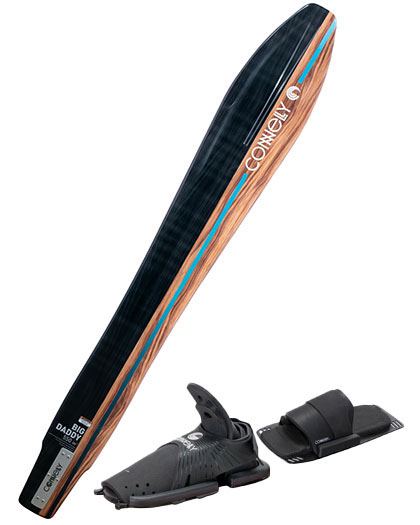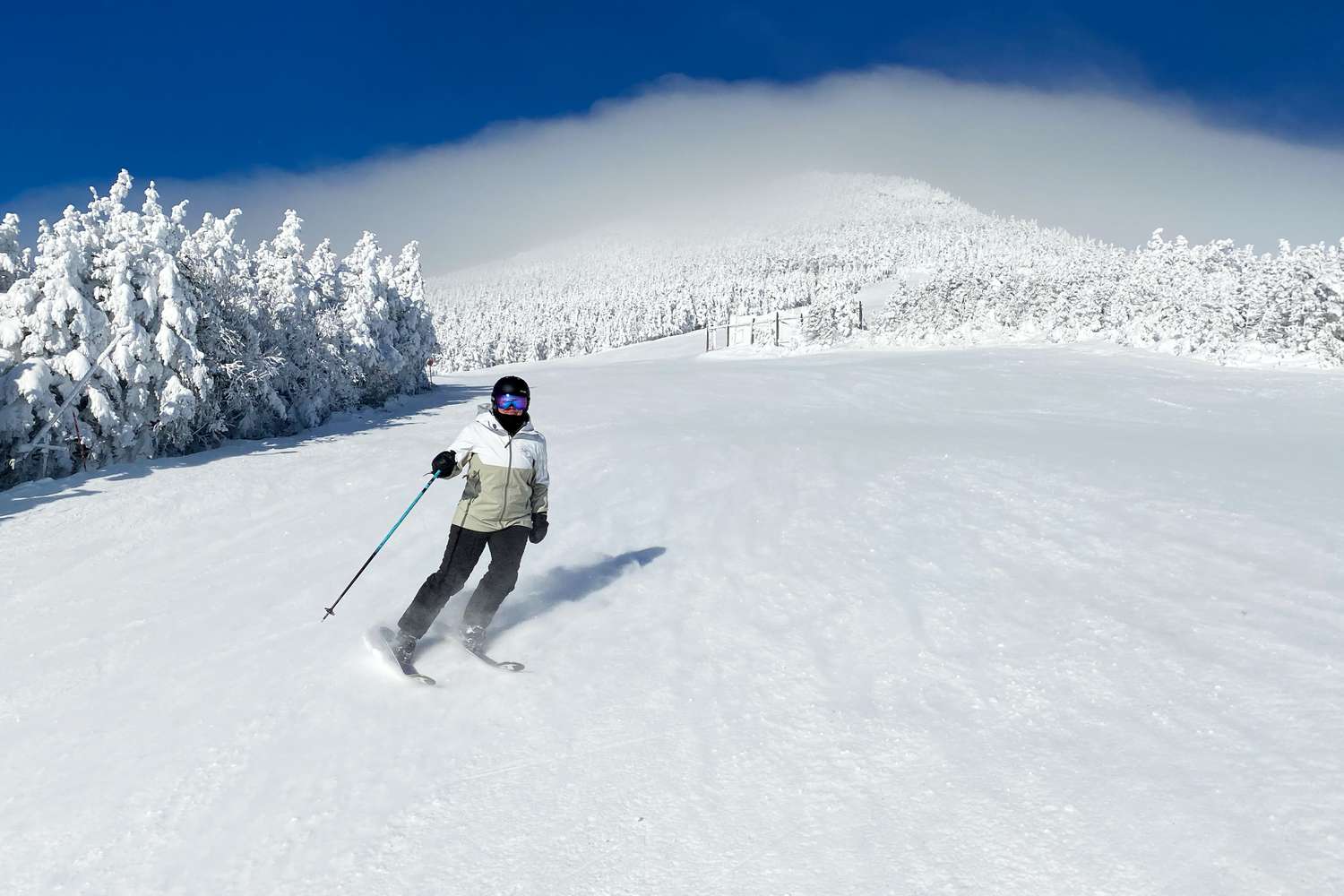
Biathlon is a combination of cross-country skiing, rifle marksmanship and biathlon. In the biathlon, an athlete runs a 15 km course and shoots targets from a range. Five targets are the goal. There is a penalty for missing the targets. A penalty loop of 150 meters must be completed by the athlete.
A biathlete must complete a specified number of laps to be eligible for the top. This is a test for speed, technique, and skill. Biathlon was introduced into the Olympics only in 1960, despite being around for quite some time. However, the sport was popular among Scandinavian units in the early twentieth century. During the 1700s, biathletes were used by the Norwegian and Swedish military to hunt game with spears. Most local clubs today have athletes. They train to compete against each other in the Provincial Calforex Cups.
Most biathletes wear skin-tight Lycra racing suits, which decrease wind resistance. They also use shorter skis than traditional skiers. Their ski poles have a disc at the bottom, which prevents the athlete from spearing into the snow.

Biathlon can be mentally challenging and difficult. It is governed by different rules depending on the event. For example, a sprint biathlete must shoot at five targets in a standing position. If a biathlete is lying down, his hands and cheeks may come into contact with the rifle.
Relay races can be entered by biathletes. A medal can be earned if the biathlete finishes an event in the top 10. Ole Einar Bjoerndalen was the winner of four events at 2002 Winter Olympics Salt Lake City. He was the anchor of the Norwegian relay team and won a gold medal. His nickname is "King of Biathlon", and he has won 45 medals at Biathlon World Champs.
Biathlon has become a popular Olympic sport. This is why it attracts hundreds of millions upon millions of television viewers. Although many Americans have never been awarded a medal in biathlon, there are many other countries that have. Women's biathlon was made an Olympic event in 1992. Women have won more than 100 bronze, silver, and gold medals since 1992.
The history of the sport goes back more than four thousand years. Some of the earliest documented competitions were organized by the Swedish and Norwegian military. The International Biathlon Union (IBU), is the sport's governing body. When UIPMB and the IBU parted ways, the sport was given an international governing body.

The sport has evolved since its beginnings in the early twentieth century. Hunting was originally done on skis. Hunting became a contest of skill. Later, the survival skills were integrated into the military. Biathlon was dropped from Olympics after the First World War. However, it has been reinstated in recent years.
Biathletes at the top of their game train hard and dedicate significant time to mental and physical preparation. A majority of biathletes are part of a local club. They can get in touch with their coaches and find out about training sessions.
FAQ
What snacks are allowed on an airplane?
You can choose from many types of snacks when you fly. It is a good idea to bring along any food you love while you travel.
You might pack chocolates or other sweet treats, such as crisps, biscuits, and nuts.
Try packing some cheese and crackers if your goal is to make something savory.
Consider what type of drink you want to take on board. You might prefer something hot or cold.
No matter what type of snack you bring, ensure that they are packed securely and safely.
You won't have to worry about your items getting damaged while traveling.
What should you do the first time you arrive at your travel destination after you have arrived?
You should always have an itinerary for when you arrive at a place. It lets you know what's expected and where to go.
Plan ahead to make sure you don't overlook anything.
If you plan to spend more than one day in a given city, it is important to research the museums, parks and landmarks that you would like to see.
A map of the area may be useful and you might want to read up on the history.
Which countries have the best cuisine?
Each country has its own cuisine. It's not easy to tell which countries have the best cuisine.
But, we can still tell you where the best cuisine is!
The top three countries, according to TripAdvisor users, are:
-
Italy - Italy has been voted the number 1 destination by TripAdvisor users thanks to its fantastic food.
-
France - France was second due to its rich culture.
-
Spain – Spain came third due to its wonderful weather and beautiful beaches.
What should I do if I want to buy travel insurance
Travel insurance is essential for anyone who plans to go on an adventure. You should ensure that you have coverage for all types and forms of adventure sports.
You should make sure you have insurance if you ski. You should also look into getting coverage for things like theft, loss, and damage.
You should also consider buying cover for cancellation. This covers you from any possible penalties if you cancel your holiday.
You should also ask for coverage for emergency evacuation. This covers being evacuated off the mountain in an emergency such as an avalanche.
What is the average time it takes to fly between two countries.
The distance between the airports, as well the weather conditions, can impact the time required to fly.
Average flight time is 3 hours.
However, the flight time depends on many factors such as airline, aircraft types, delays at airports, weather conditions and other factors.
How do I prepare for vacation?
You need to eat and exercise regularly to maintain a healthy lifestyle while on vacation.
Also, make sure you get plenty of sleep before you go.
It is important to ensure that you have all required travel documents and medication.
You should also ensure that you have enough medicine to last you through your trip if you plan to take any medication.
Also, remember to bring extra clothes in case of illness or injury.
Statistics
- They're also likely to offer babysitting services, in case you'd like to have dinner one night after 7 p.m. (travelandleisure.com)
- Alcoholic beverages with more than 24% but not more than 70% alcohol are limited in checked bags to 5 liters (1.3 gallons) per passenger and must be in unopened retail packaging. (tsa.gov)
- Case in point: the private island of Ilha Caldeira, less than seven miles off the coast as part of the Primeiras and Segundas Archipelago, is located within the marine-protected area with 20 percent of the country's intact living coral. (travelandleisure.com)
- Alcoholic beverages with 24% alcohol or less are not subject to limitations in checked bags. (tsa.gov)
- Between the ages of 11 and 13, kids, or tweens, will likely want some autonomy but also need boundaries. (travelandleisure.com)
External Links
How To
How to plan for your next vacation
Planning a trip involves many things like booking flights, hotels, car rentals, activities, etc. It involves important considerations like your budget, destination choice, weather forecast, etc.
These are the things you should keep in mind as you plan your next vacation.
We have created a step to guide that will help you plan your next trip. This guide was compiled based upon customer feedback and experience. We hope that you will find the following guide useful in planning your next vacation.
Steps:
-
Plan your Budget - This is the most important step to take when planning for a trip. Before you start to think about where to go or what to do, it is important to determine how much money you have available for your trip. You might have to cancel your plans if you don't have enough money.
-
Book Your Flights - After determining your budget, the first thing you should do is book your tickets. Make sure you choose the best flight deal available at the lowest price. In addition, make sure you check whether there are any special offers for certain seasons. These deals could be a great way to save money.
-
Select Your Destination - After you have booked your flight, you will need to choose where you want to travel. Multiple factors play into the decision of where to go, climate (when you can visit), culture (how friendly they are) and cost (how expensive it is).
-
Find Accommodations - After choosing your destination, the next step would be finding accommodations. There are many choices for accommodation. You can choose from affordable hostels or luxury suites. Choosing the right type of accommodation depends on your needs and preferences. For example, staying in a hotel may not be ideal if you're looking for a place close to the city center. If you prefer quiet, peaceful places, a homestay may be the best option.
-
Select Activities & Attractions. After you have chosen your accommodation, now it's time to choose the activities and attractions that will be included in your itinerary. Depending upon the length of your stay you have two options: choose just a few activities, or add many more to your itinerary.
-
Determine your schedule - After you've chosen the attractions and activities that you would like to include in your itinerary, it's now time to create it. To achieve maximum value from your trip, you should stick to a fixed schedule. If you have the freedom to roam as you please, your trip will be even more enjoyable.
-
Make an itinerary - This is where you include all details about your trip. It is important to write down everything you need, from accommodation to meals, to activities to restaurants, and to create a list.
-
Research Online – Make sure you research everything before you leave on your trip. You can read reviews and testimonials about other destinations to get their opinions. This will help you plan.
-
Avoid Overpacking - Too many clothes can make packing a nightmare. Do not bring more than three sets of clothes. Bring clothing appropriate for the weather you're visiting.
-
Be Prepared - Finally, be prepared! Make sure you have everything prepared before you go. Do not waste your time looking for important documents when you are in transit.